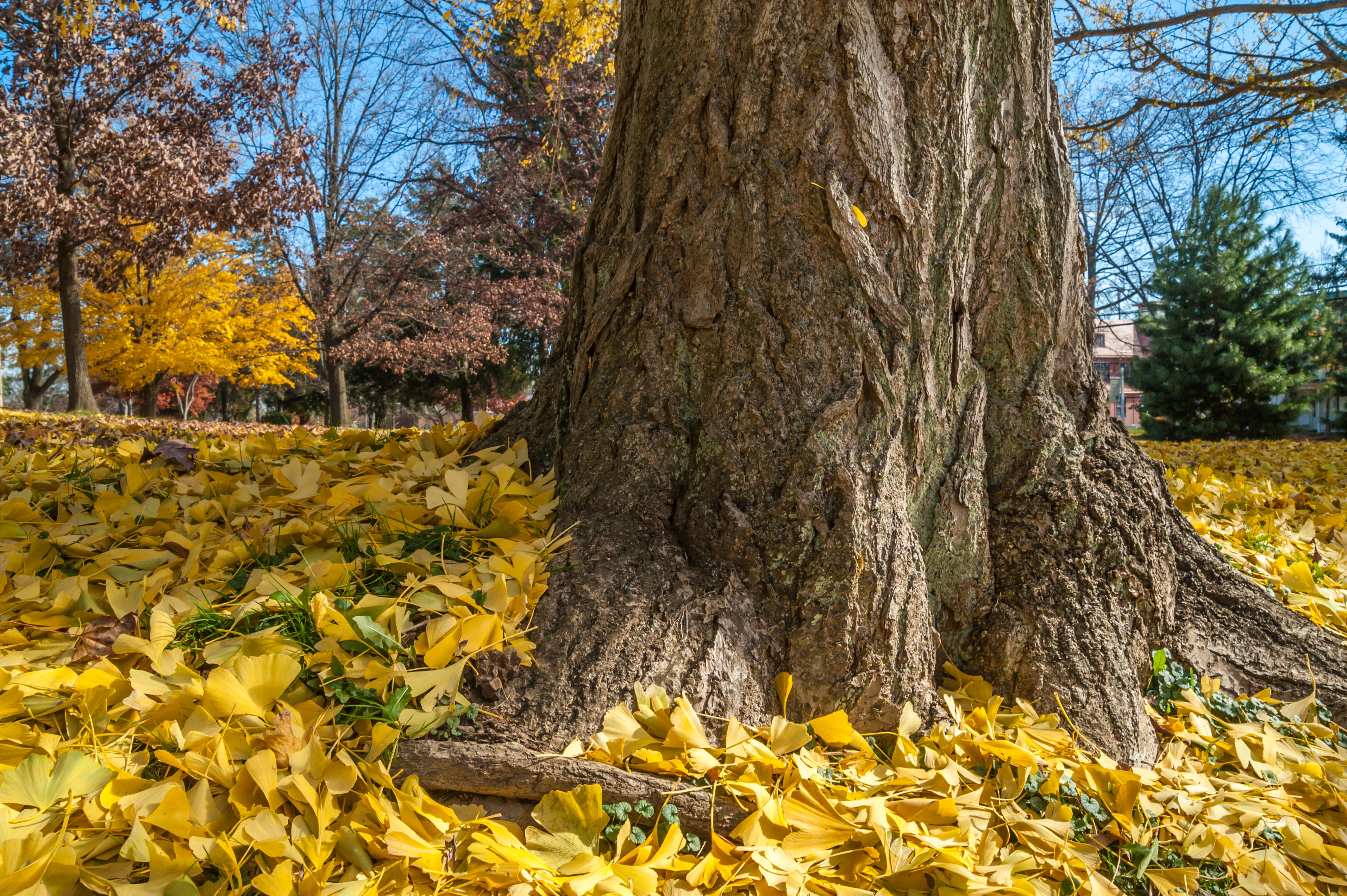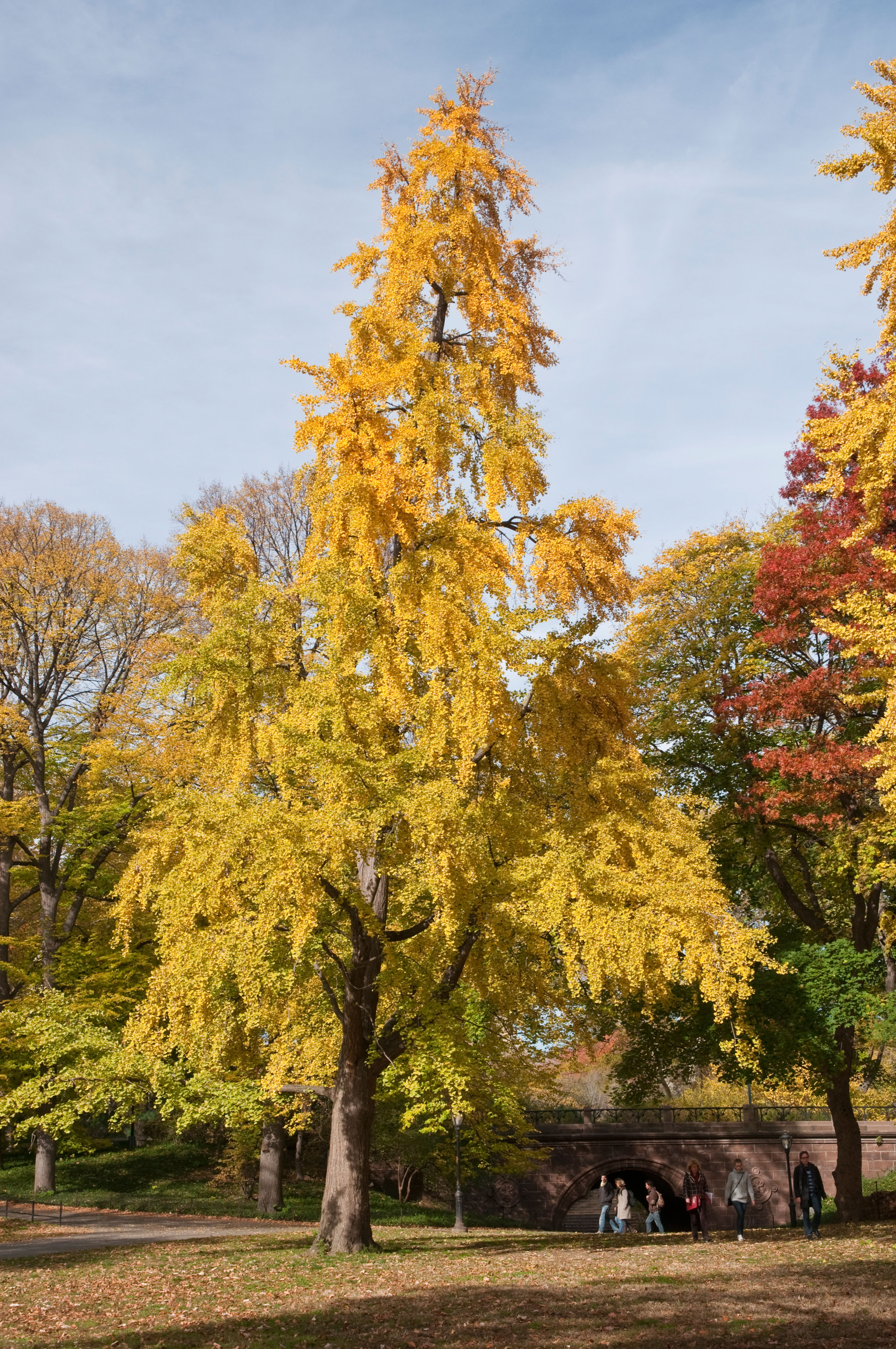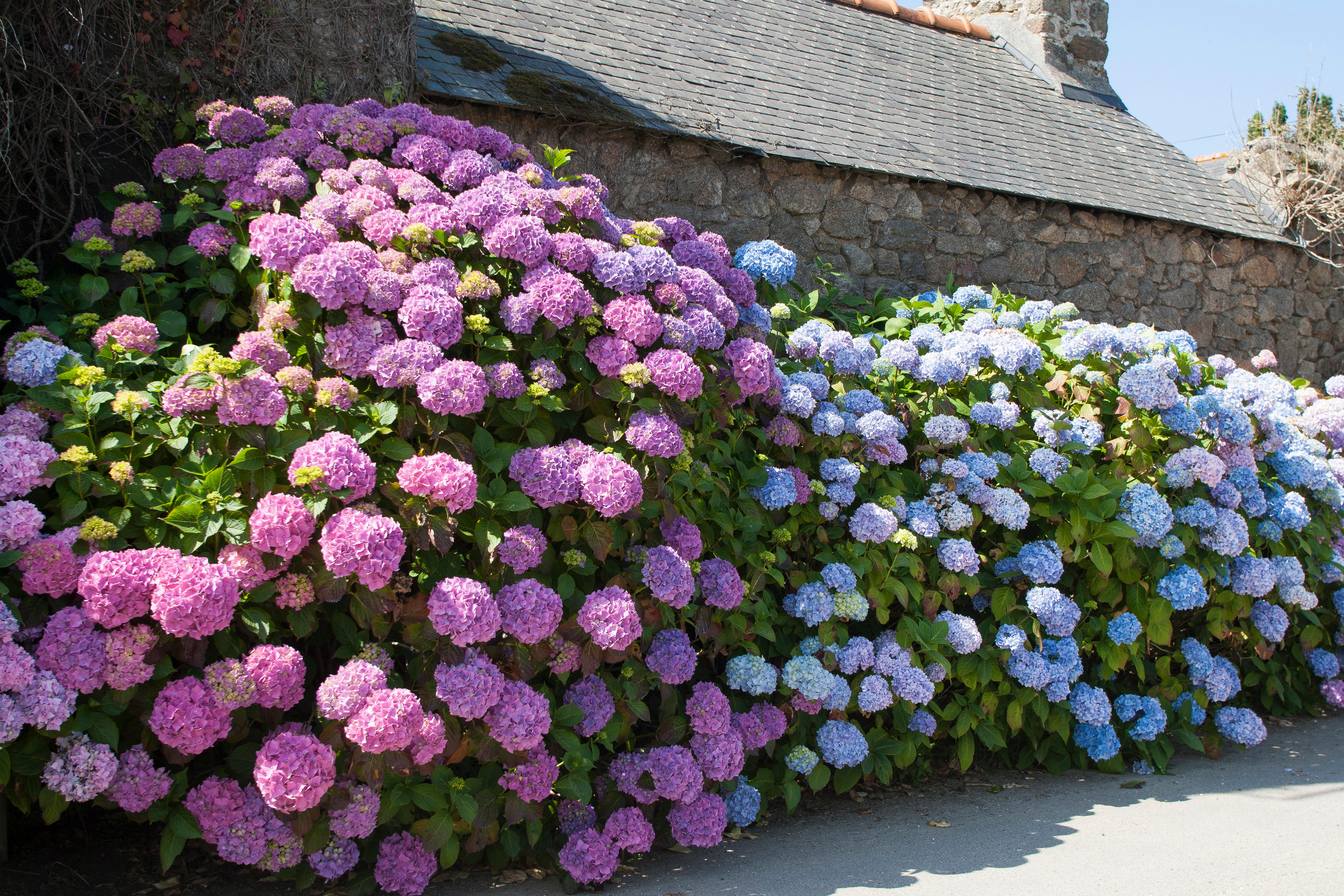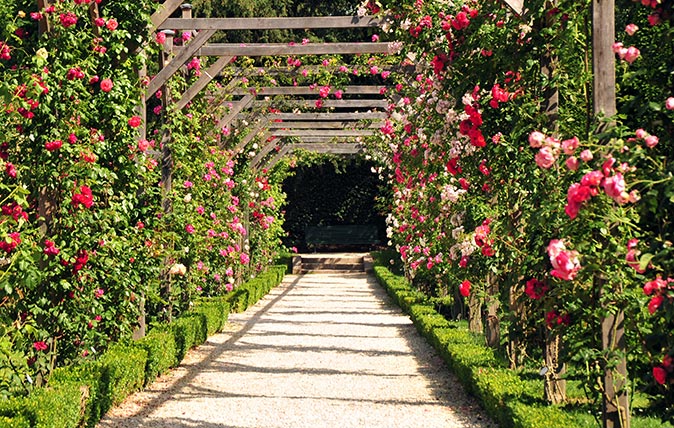The saucily-named plant whose very mention sparks blushing and tied tongues
Titter ye not: the splendid Gingo Tit is a compact cultivar with bright autumn foliage and prolific woody growths.

At a flower show three years ago, a nurseryman approached me and asked if I’d ‘like to see some pictures of tit’. Before I could decline this surprising offer, he produced two photographs. The first, to my great relief and utter confusion, showed a fine, if unusual, specimen of Ginkgo biloba. Standing about 8ft tall, it was conical and dense with ascending boughs even at ground level. The second photograph was a close-up of a cluster of corky protuberances on one of those same boughs. ‘It’s a new variety,’ explained the nurseryman, ‘and I reckon it’s going to be a hit. Its name is Ginkgo Tit.’
Famously, there’s only one living Ginkgo species, G. biloba, the sole extant member of a genus, family and order that once teemed with diversity and loomed large in the world’s vegetation. In its native China, both its truly wild and ancient naturalised populations are few, small and highly localised. Yet despite these limitations, G. biloba, far from being uniform, is Protean, spawning and sporting garden-worthy forms, some male, others female, that range in habit from pillar-like to weeping and have leaves variously cut, crimped, cupped and coloured. The latest RHS Plantfinder lists 58 of these cultivars; serious ginkgophiles can amass twice that many at least.

As the nurseryman predicted, Ginkgo Tit is an outstanding addition to this maidenhair tree repertoire. But, as anyone could have predicted, its name spells trouble. I’ve received numerous questions about it, some of them charmingly innocent (Does it refer to a blue, great, coal or long-tailed tit?), others aware and indignant (Why the crude moniker for such a classy tree?).
Sometimes, the lower trunks and boughs of mature ginkgos produce woody growths, molten-looking, but solid masses that evolve in shape from bump to sausage to stalactite and can be as much as 4ft long. When a ginkgo is ripped out, felled or dismembered by tempests and disasters, these excrescences respond by developing roots and shoots, so cloning the devastated tree or regenerating its stump. They are a safety measure that has helped to secure the survival of Ginkgo biloba, unchanged and through cataclysms local and global, for more than 60 million years.
The Japanese call these growths chi-chi, ‘breasts’ – without ribaldry and with due respect for a tree that they’ve revered for well over a millennium as sacred, beautiful and bountiful, Mother Nature in arboreal form.
'These excrescences have helped to secure the survival of Ginkgo biloba for more than 60 million years'
Usually, chi-chi come with age and immensity, but they can occur in odd individuals that are still young and small. One such early developer was propagated and introduced to Western horticulture as Ginkgo Chi-Chi. At first, this was presumed to be its Japanese cultivar name, but it wasn’t and never could be, given that chi-chi are a feature common to many different ginkgos. This left the cultivar in need of a name, so it became Ginkgo Tit, a titter-ye-not translation of sorts.
Its popularity is due not to its precocious paps, but to its shape and scale. Ginkgos are often lofty with gappy, lopsided crowns. This one is compact, furnished with foliage from head to foot and naturally pyramidal. It is a superb small tree for formal schemes. Still more important, its size brings one face-to-face with the brilliant autumn foliage that is Ginkgo’s greatest glory, and makes this gilded fan-dance possible in borders and among late-flowering perennials, grasses and fiery-leaved shrubs.
Exquisite houses, the beauty of Nature, and how to get the most from your life, straight to your inbox.

Ginkgos even smaller than Tit can be used similarly, in shrubberies, mixed borders and gar-dens exotic, rock and Oriental. They include Menhir (slim and ethereal), Troll (low-growing, curly and congested), and Ever-ton Broom (elfin and exquisite). This last cultivar is also delightful if kept in a pot – something that’s certainly true of one nameless dwarf ginkgo that has long been my favourite.
It is a bonsai that I was given 50 years ago this autumn. In all that time, it has never managed to exceed 2ft in height. On three occasions, I knocked it out of its pot and planted it in the garden to give it a chance to grow. But it sulked and stalled in the ground, and I’m emphatically not a bonsai emancipationist, so I was only too glad to restore it to its container. These days, it flourishes on the terrace in an antique Chinese bowl, except for a week that it spends indoors in all its autumn finery. Today, it’s looking brighter, more aureate, than ever, as well a ginkgo might on its golden jubilee.

Credit: Alamy
Hydrangeas: Varied, colourful and lovingly tended to by the wizard of White House Farm
Mark Griffiths extols the beauties of this shrub, from its 18th-century beginnings to its revival in the hands of hydrangea

Credit: Alamy
A moorland splashed with heather makes our hearts leap — so why don't we grow it any more?
Charles Quest-Ritson looks at how heather has gone out of fashion — and wonders what we can do about it.

Credit: Getty
A peek behind the scenes at France's annual rose extravanganza at the Parc de Bagatelle
Charles Quest-Ritson, quite literally the man who wrote the book on roses, reveals what goes on at France's annual Concours

The worst garden pests of all? The ones you invite in with open arms
A couple of weeks ago, Alan Titchmarsh wrote a lovely piece for Country Life about how to get children and